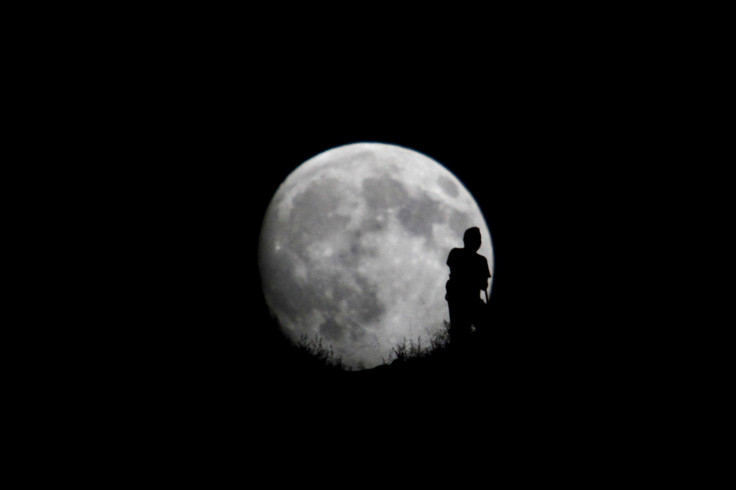Supermoon Lunar Eclipse 2015: NASA Says September Harvest Moon ‘Closest Full Moon Of The Year’

In the coming week, much of the world will witness a rare astronomical event -- a supermoon eclipse. The combination of a supermoon and a total lunar eclipse means that the moon will be brightest and darkest in 2015 and, according to NASA, it will be the “closest full moon of the year.”
This will be the first supermoon eclipse in 33 years and the next such event will be seen in 2033.
While the supermoon lunar eclipse will be visible in the eastern part of North America and all of South America post-sunset Sunday, Sept. 27, Europe, the Middle East and Africa can experience the celestial event in the predawn hours of Sept. 28.
The Earth's shadow will begin to dim the 'supermoon' at 8:11 p.m. EDT on Sept. 27, which will also be a harvest moon, according to NASA. The total lunar eclipse will start at 10:11 p.m. EDT, giving the moon a reddish tinge, and will last an hour and 12 minutes.
"Because the orbit of the moon is not a perfect circle, the moon is sometimes closer to the Earth than at other times during its orbit," Noah Petro, deputy project scientist for the Lunar Reconnaissance Orbiter at NASA’s Goddard Space Flight Center in Greenbelt, Maryland, said in a statement.
"When the moon is farthest away it’s known as apogee, and when it’s closest it’s known as perigee. On Sept. 27, we’re going to have a perigee full moon -- the closest full moon of the year," Petro added.
The moon is about 31,000 miles closer to Earth at perigee. This distance is equal to more than once around the circumference of Earth, NASA explained. Given its proximity to Earth, the moon appears 14 percent larger and 30 percent brighter resulting in a "supermoon."
“It’s [supermoon lunar eclipse] just planetary dynamics. The orbit of the moon around Earth is inclined to the axis of Earth, and the orbital plane of all these things just falls into place every once in a while,” Petro said.
“When the rhythms line up, you might get three to four eclipses in a row, or a supermoon and an eclipse happening,” according to Petro.
The supermoon occurrence has also triggered concerns among people about the world coming to end. However, Petro dismissed any such rumors.
"The only thing that will happen on Earth during an eclipse is that people will wake up the next morning with neck pain because they spent the night looking up," he said.
September's supermoon lunar eclipse also will mark the end of this year’s lunar tetrad. The lunar tetrad is a string of four lunar eclipses occurring every six months. The present tetrad began in April 2014.
The supermoon lunar eclipse is a rare event. Since 1900, there have been just five such astronomical events (in 1910, 1928, 1946, 1964 and 1982), according to NASA.
© Copyright IBTimes 2024. All rights reserved.






















